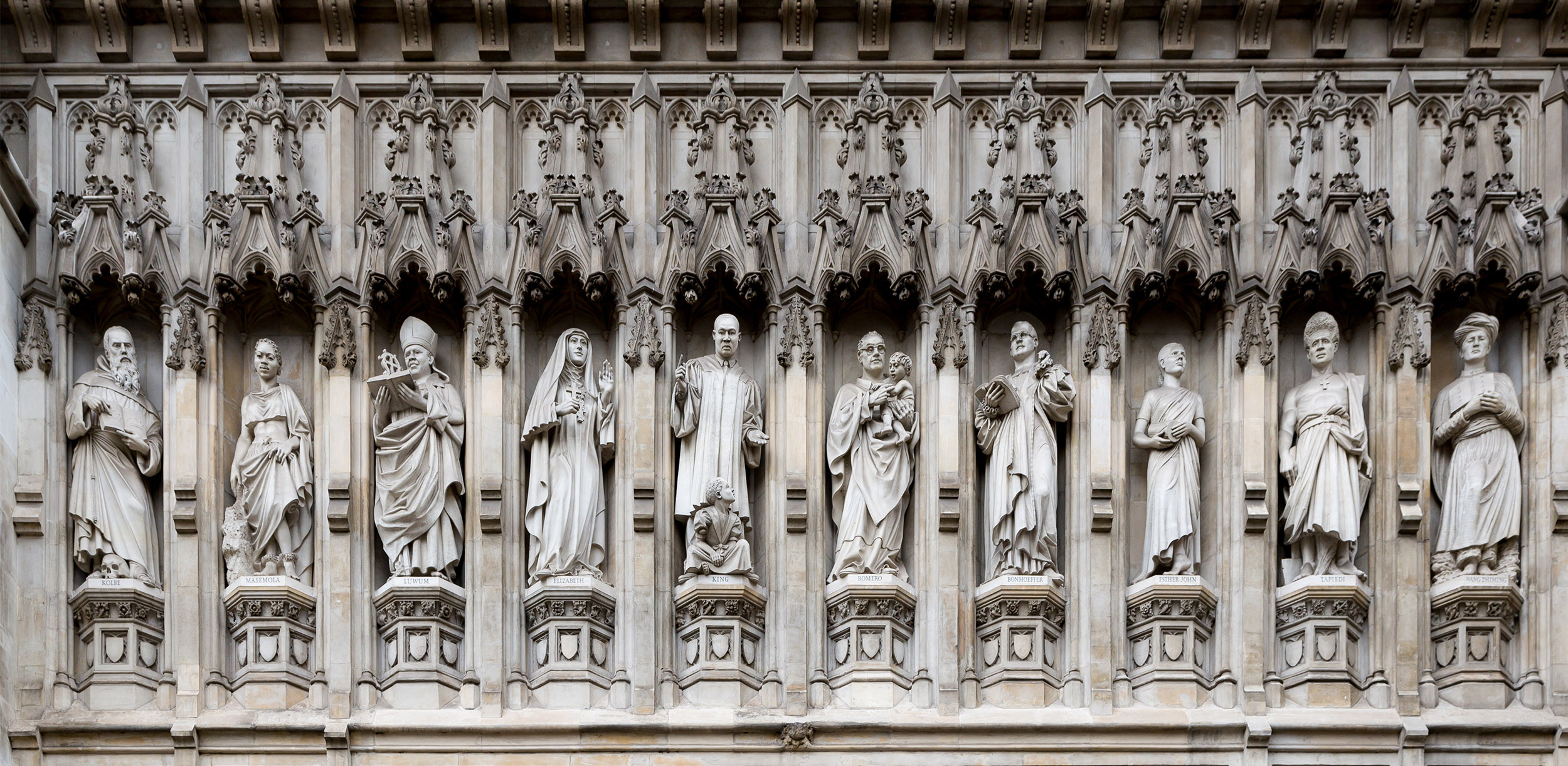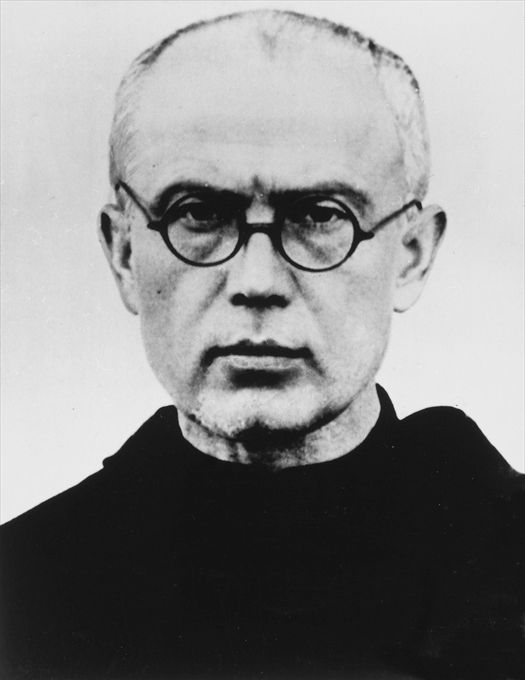
22 Apr From the Tradition: A Lifetime of Practice—the Example of Maximillian Kolbe
“My command is this: Love each other as I have loved you. Greater love has no one than this: to lay down one’s life for one’s friends.” (Jn 15:12–13)
Maximilian Kolbe was a Catholic priest and missionary who felt the call to religious life from a young age. At the outbreak of World War II, he stayed working in his monastery at Niepokalanów, Poland, when many left. He created a temporary hospital, hiding over 2,000 Jews, and published anti-Nazi papers. In 1941, he was arrested by the Gestapo and sent to Auschwitz-Birkenau concentration camp. He was known by his fellow prisoners as a selfless man, full of love and with a generous spirit. And it was in this spirit that he chose to offer his life in place of a fellow prisoner. Kolbe chose to starve to death so another man—a husband and father—would be spared and be able to return to his family. This decision—an action of extreme love—wasn’t a momentary isolated choice but was the culmination of a lifetime of choosing to lay down his life for the good of those around him.

When I read the story of Kolbe, a saint of the church, what stands out to me isn’t the choice he made on that day in Auschwitz-Birkenau. What stands out to me is this: for Kolbe to make the decision that day, there was a lifetime of practice. His choice to lay down his life wasn’t a heat-of-the-moment decision but a rational understanding of what God was asking him to do. He heard the cry of a man, desperate to survive for his wife and children, and was so moved by that request that his only choice as a single man with no family to return to was to put himself in the place of this husband and father.
For me, the life of Maximillian Kolbe inspires the question: how do I cultivate a love for people that makes my own sacrifice the immediate and obvious choice in every situation? There are very few who are asked to sacrifice their life for another. However, over the past two years, we have all been asked to give up certain freedoms for the safety of others. Some of us are parents, where the demands of children test even the saintliest of us. Many of us are in workplaces where the values of money, power, and status are paramount. Almost all of us are tired of COVID and the far-reaching impacts it has societally, economically, and in our day-to-day reality. But Kolbe’s story shows me that in these times it is vital to look outward not inward.
All our acts of love and service to others—the dinners made for friends in need, even when the grocery budget is tight; the decision to not lose our cool with our children and, instead, to sit down, talk with them, or give them a hug; a choice to spend time in intercessory prayer at the cost of sitting and reading, or watching TV—all of these unseen works are developing our love and service to others. As a result, the next time a demand is made of us or we see a need, our response is one of offering our whole selves. During the most recent lockdown, my family and I had just moved into a new neighbourhood. One of the ways we have tried to serve those around us is looking for different needs—things like making dinner for the family with a newborn, inviting children over to play when the parents are struggling with the juggle of working from home and home life, sending over some baking to the people who have just moved in, or taking the time to be a listening ear to those neighbours who are struggling with the demands of the current pandemic. These sacrifices are a joy. They change the world. They are a testimony to the call for humanity to follow and live in the example of our God: to become like Christ—to be Christ in the world.
The life of Maximillian Kolbe inspires me to continue in the work of renewal by daily offering myself in service to all around me and, in doing so, to continue the weaving of the eternal tapestry of the new heavens and the new earth, confident in the knowledge that everything we do on earth—seen and unseen—is bringing about God’s kingdom.
(Header image: 20th Century Martyrs at Westminster Abbey by CEphoto, Uwe Aranas, Public Domain. Kolbe is depicted on the far left.)

